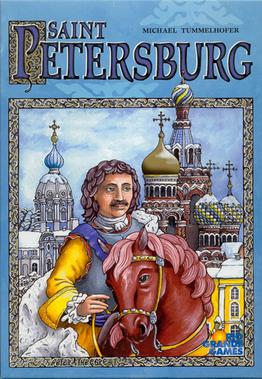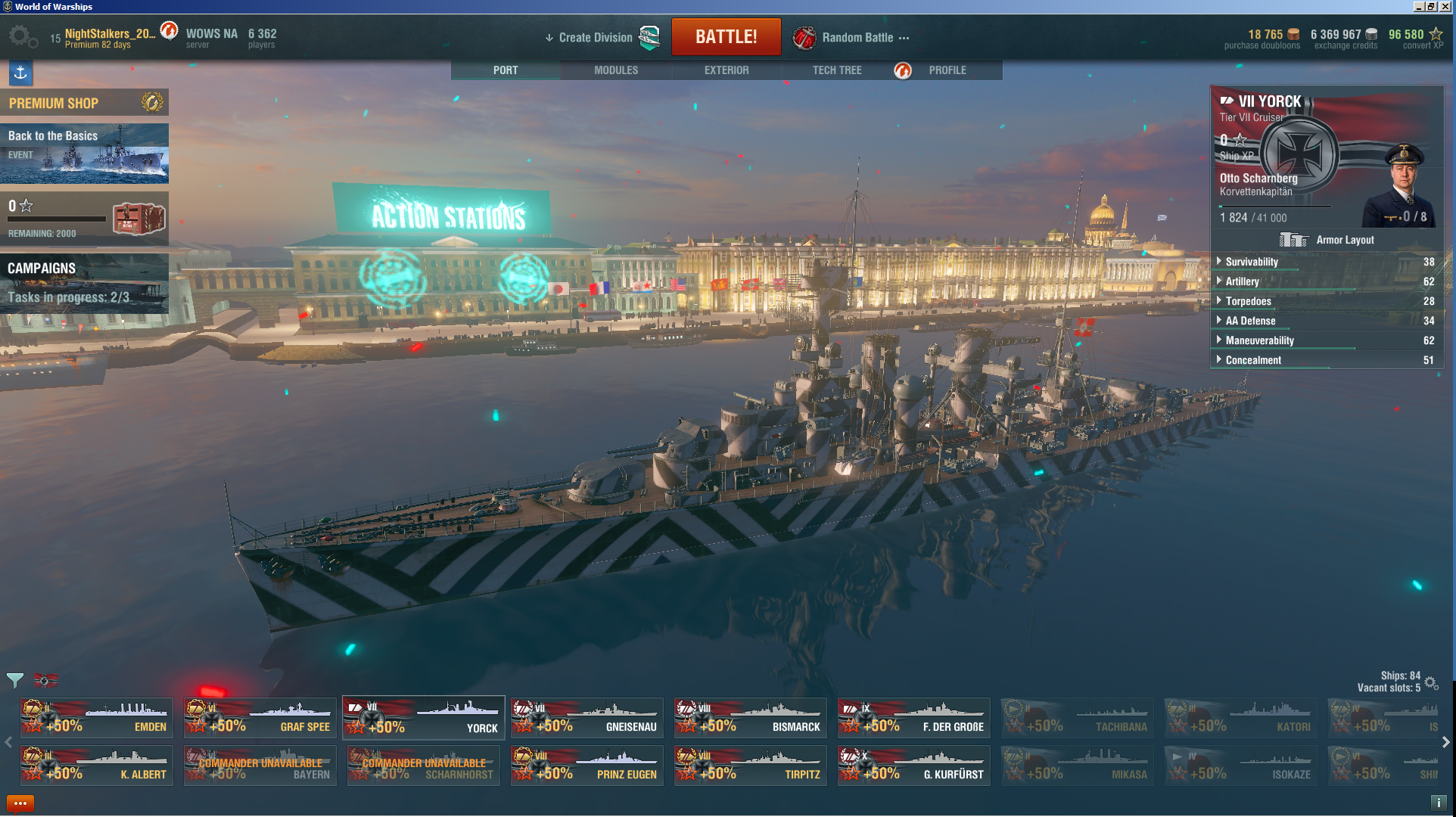- Sankt Petersburg Computer Games
- Sankt Petersburg Bookstore
- Sankt Petersburg Bookstore Brooklyn
- Sankt Petersburg Computer Games
Sankt Petersburg (Saint Petersburg) - Online Guide
Starting The Game
PC Version Sankt Petersburg: Update to version 1.50!! It took a few month until I could offer this update. Here it is with these changes and enhancements: some small bug fixes you can play 3 variants improved AI for 2 player games support of Sankt Petersburg puzzles other small changs and improvements. Discussion f the St Petersburg Paradox. This feature is not available right now. Please try again later.
With /join 2-4 players can join the game. With /start the game begins. Alternatively, you can use the Game Tool!
Object of the Game

Saint Petersburg is a game characterised by limited money. The players buy workers, building, nobles or market cards in order to get the most possible victory points. This happens in different phases: After the worker phase (green) only these are evaluated, after the market phase (yellow) the market is evaluated, after the building phase (blue) the buildings and after the nobles phase (orange) the noble cards. The 5th phase, trade cards, doesn't have an evaluation.
- SKA (Saint Petersburg), 1946, +7 (812) 960-15-80, Dobrolyubova prosp. A, Saint Petersburg, Russia, 197198.
- Founded in 1928, St. Petersburg State University of Industrial Technologies and Design is a non-profit public higher-education institution located in the urban setting of the large metropolis of Saint Petersburg (population range of over 5,000,000 inhabitants).
- Statistics are updated at the end of the game. Petersburg previous match was against CSKA Moscow in KHL, match ended with result 3 - 1 (CSKA Moscow won the match). Petersburg fixtures tab is showing last 100 Hockey matches with statistics and win/lose icons. There are also all SKA St. Petersburg scheduled matches that they are.
The white background in the lower part of the window (5) shows you which player's turn it is and whose cards you are looking at. The display to the right (4) shows you the starting players in the various phases and the arrow shows you the current phase. To the upper right of each pile you can see the number of remaining cards in that pile.
The Cards
The cost in rubles is shown in silver on the bottom left of a card. Victory points are shown in a yellow shield on the bottom right of a card.
Worker (Handwerker)

These cards typically generate rubles. The purchase price for each is shown in the top left corner of each card. The bottom of each card indicates the income each card generates during their phase. The symbol in the upper right corner indicates their type. This is important to know for the trading cards (see below).
Market
These cards generate an increase in the market value in the 5 categories. The number and category are visible to the upper right of the card. The 1 to the bottom displays the income per round (yellow evaluation), as in other cards.
Buildings
These primarily generate points of victory. The cost for construction is indicated in the top left corner. The victory points generated during the blue phase also shown on the bottom of each card.
Nobles
These cards bring less rubles than the workers and fewer victory points than buildings. However they are very useful in providing a victory points bonus at the end of the game.
Trade Cards
These cards have a square around the cost in the top left corner. These cards can be used to upgrade existing of the worker/building/aristocrat cards. They can be only built over cards of the same colour already bought by a player. You pay the difference between the value shown in the top left of the card and that already paid for when the original card was bought. Green trading cards can only be placed over a worker with the same trade (the symbol in the top right corner of both cards must match).
Flow of the game
At the beginning of the game two worker cards per player are made available. Each player starts with 25 rubles. It is recommended that you purchase 2 workers during the first green round! To purchase, drag and drop the desired card into the window designated for your cards (next to your name). If you do not wish to purchase any more cards (or you are unable to) click on the symbol of the round shown in the top right hand window.
Sankt Petersburg Computer Games
You can also elect to hold 3 extra cards in your hand with the intent of purchasing them later. Drag and drop them onto the hand icon in your game play area. These cards will now be shown in a separate floating toolbar which you can use to select from later in the game. If you lose this window, click again on the hand symbol to open the window again. Cards not played, which remain in your hand at the end of the game count as -5 points each.
All cards shown in the top purchase window can be bought. Similarly and cards which you have in your hand can be bought. You can buy cards in any phase, however, you may find that it is financially best if you actually pay for cards in the same phase in which they generate benefits.
There are 4 basic actions which can be taken.
1. Buy a card from the available cards and place to your play area.
2. Take a card from the available cards and place in your hand (provided you still have space in it)
3. Buy a card from your hand and place to your play area.
4. Pass.
If all players pass, then the market (of 8 cards) is filled up with the type of cards associated with the next phase. (Example: after the workers phase at the beginning, 8 buildings cards are then made available). In each phase there is a different starting player. The small symbols at the player name indicate who starts each phase. The symbols rotate after each round on to the next player in a clockwise direction.
The following is scored at the end of each phase:
- At the end of the Workers Phase each player receives the corresponding rubles and victory points for each green card they have in front of them.
- At the end of the Market Phase each player gets the according number of rubles for each yellow card they have played. The majorities (and second places) in the different market categories are also rewarded with points.
- At the end of the Building Phase each player receives the corresponding rubles and victory points for each blue card they have in front of them.
- At the end of the Aristocrats Phase each player receives the corresponding rubles and victory points for each Orange card they have in front of them.
- At the end Trade Card Phase there is no scoring.
Reduced Cost Cards
If you buy a card which you already possess, you can save rubles. You save 1 ruble per, for each of the same card already placed. The minimum cost is however always 1 ruble. (Example: If you already have two markets placed in front of you, you pay 3 rubles instead of 5.
At the end of each round (after the 5th phase) a -1 is placed on all cards that have not been taken. They now cost 1 ruble less. Cards that already had a -1 are discarded.

Market phase
At the end of the yellow market phase the majorities in the various market categories are counted. 1st and 2nd place is determined in the categories chicken, grain, apple, fish and cabbage. There are more and more points for this as the game progresses (1st round 1/0, 2nd 2/1, 3rd 3/1, 4th 4/2 etc.). You can see at (6) how many points you will get for 1st and 2nd place.
Each category must be confirmed before the yellow evaluation. The validation (7) means the player has to pay in rubles the highest market value (6). (in this example 1 ruble)
Ending the Game
As soon as one of the 4 card decks is exhausted (no more cards left) the game finishes at the end of Phase 4 of that round.
Then, for each ten rubles you still own, you score 1 victory point. For each card remaining in your hand unpaid for scores -5 points.
In addition, you receive a bonus for the number of different aristocrats 'X' you own, as shown in the table below.
| X | 1 | 2 | 3 | 4 | 5 | 6 | 7 | 8 | 9 | 10 |
| Victory Points | 1 | 3 | 6 | 10 | 15 | 21 | 28 | 36 | 45 | 55 |
If you possess more than 10 different aristocrats, you still only score for having 10 different kinds (i.e 55 bonus points). The player with the most points wins. If there is a tie, the most remaining money serves as a tie-breker.
Special Cards
Sankt Petersburg Bookstore
Some cards have special functions. These are explained here:
Czar Peter can do it all. He can be displaced by any green trading card.
The Goldsmith (when upgrading a Gold Miner) reduces the cost for acquiring aristocrats by 1 ruble each.
Sankt Petersburg Bookstore Brooklyn
The Carpenter's (when upgrading the Lumberjack) reduces the cost to purchase buildings by 1 ruble each.
In the blue evaluation the player gets one victory point for each noble he has in his play area.

The player pays 2 rubles when he buys/places the card. If he displaces the card with a trading card, it is worth 6 rubles.
Immediately after each scoring of buildings, the player can buy up to 5 points. Each point costs 2 rubles. (The player cannot 'buy' 2 rubles for 1 point). You will be shown a symbol in top right called 'PUB'. Use the arrows to select the amount to spend, then click 'OK'.
The player can have up to 4 cards in his hand.
The observatory normally delivers one point. It can be 'turned over' in the blue phase. If it is turned, it won't deliver its point in the current round. However, it allows you to pick a card from any pile (unless it is the last) and then either build it, take it into your hand or discard it. In order to show the possibility of turning it over, the observatory function is displayed in the action area (2). You pick a card by clicking a pile to the right.
When scoring the aristocrats, the player earns 1 ruble for each worker that he has in his play area.
Single Player Option - SU
Sankt Petersburg Computer Games
Saint Petersburg can also be played as a solo variant. The rules are identical to the normal game. Simply join the game and click on start. The goal of the game is to get as high a score as possible.
